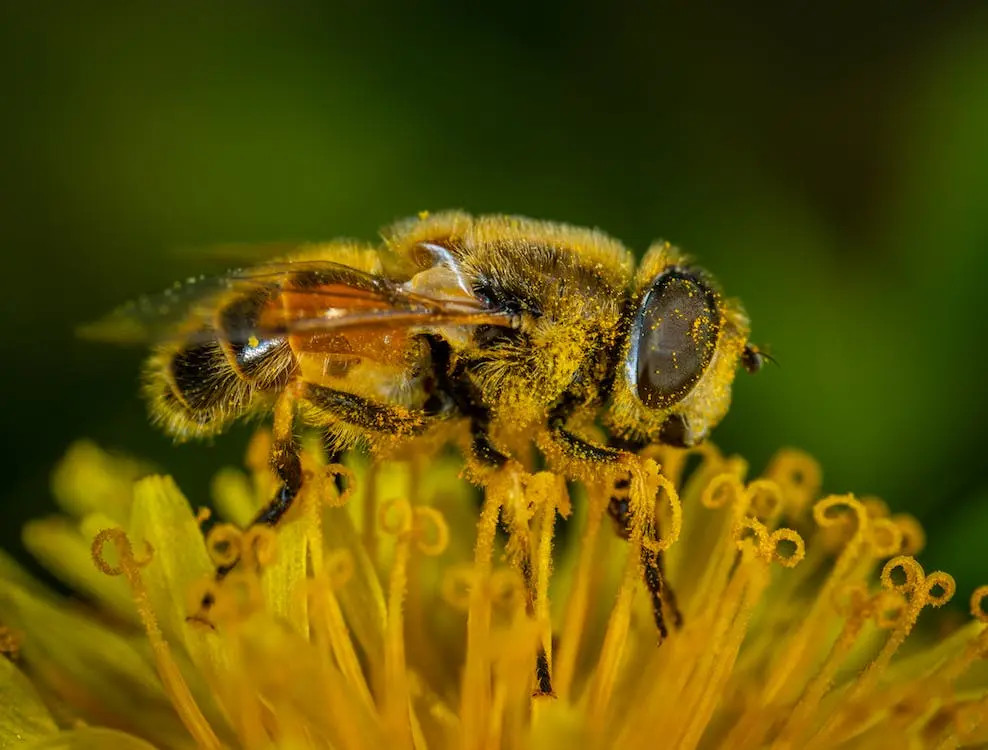
As our climate shifts and seasons stretch into unfamiliar rhythms, our gardens stand at the threshold of change. Rising temperatures, wetter winters, drier summers and more intense storms are reshaping the landscapes we know. Yet, rather than signalling an end to traditional gardening joy, this transformation marks the beginning of a new chapter — one where resilience becomes the beating heart of the future garden. Gardens have always evolved, and today they are poised to become more adaptable, diverse and life-sustaining than ever before.
The garden of the future is shaped not only by plants but by thoughtful design that embraces extremes rather than fighting them.
Here, resilience becomes functional elegance.
Climate change risks unsettling long-held synchronies between flowering times and pollinator lifecycles. When conditions accelerate blooms but insects emerge at their usual pace, a mismatch can occur.

To foster resilience, gardeners are increasingly planting a broad spectrum of nectar sources — including both native and non-native species — to extend feeding seasons and support a wider variety of pollinators. Research shows these diverse plantings can significantly bolster ecological health.
Similarly, a watchful eye on pests and diseases — which are likely to expand their range in warmer, damper conditions — will ensure issues are managed early, favouring low-impact solutions such as pruning and biological controls.
In resilient gardens, biodiversity isn’t just welcomed — it is a strategy for survival.
More than half of UK adults engage in gardening, giving this community a powerful role in climate resilience.
By adopting peat-free composts, reducing petrol-powered tools, planting more trees and shrubs for carbon storage, composting waste, and choosing products with a lower environmental footprint, gardeners can help shape a greener future even beyond their own gates.
Each garden, no matter how small, becomes part of a national network of climate-adaptive green spaces — cooling urban areas, preventing flooding, filtering pollutants and nurturing mental and physical wellbeing.
The gardens of tomorrow will not look exactly like those of the past — but they will be no less full of beauty, life and meaning. They will hum with pollinators, sway with drought-tolerant grasses, shimmer with moisture-loving ferns in shaded corners and flourish in every region with the right planting. They will not merely survive change — they will express it with grace.
Resilience in gardening is not just about withstanding challenge; it is about embracing transformation with creativity and care. In adapting our planting, our designs and our habits, we are not losing something — we are growing towards something new.
And in doing so, we are ensuring that gardens — as places of refuge, inspiration and connection — continue to thrive long into the future.
© Rescapeai 2024
[email protected]